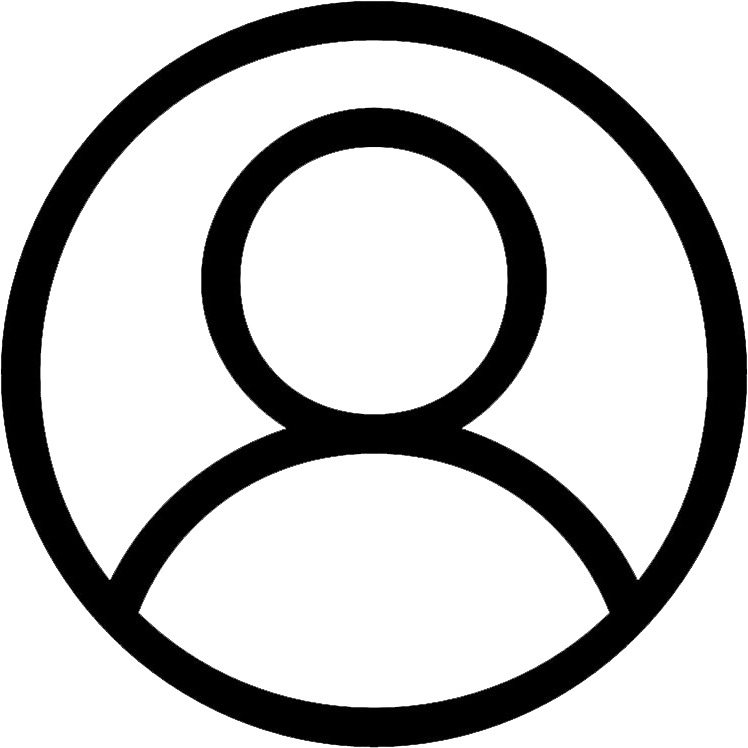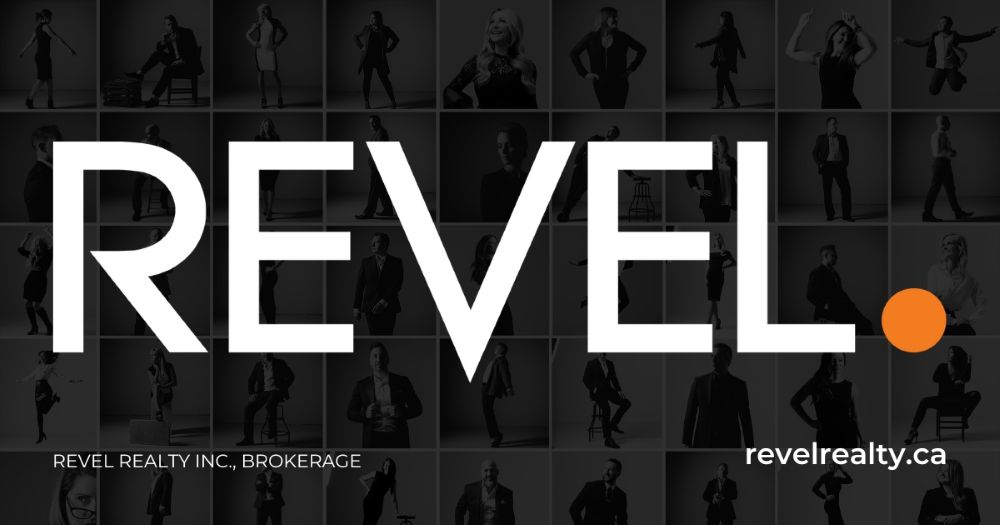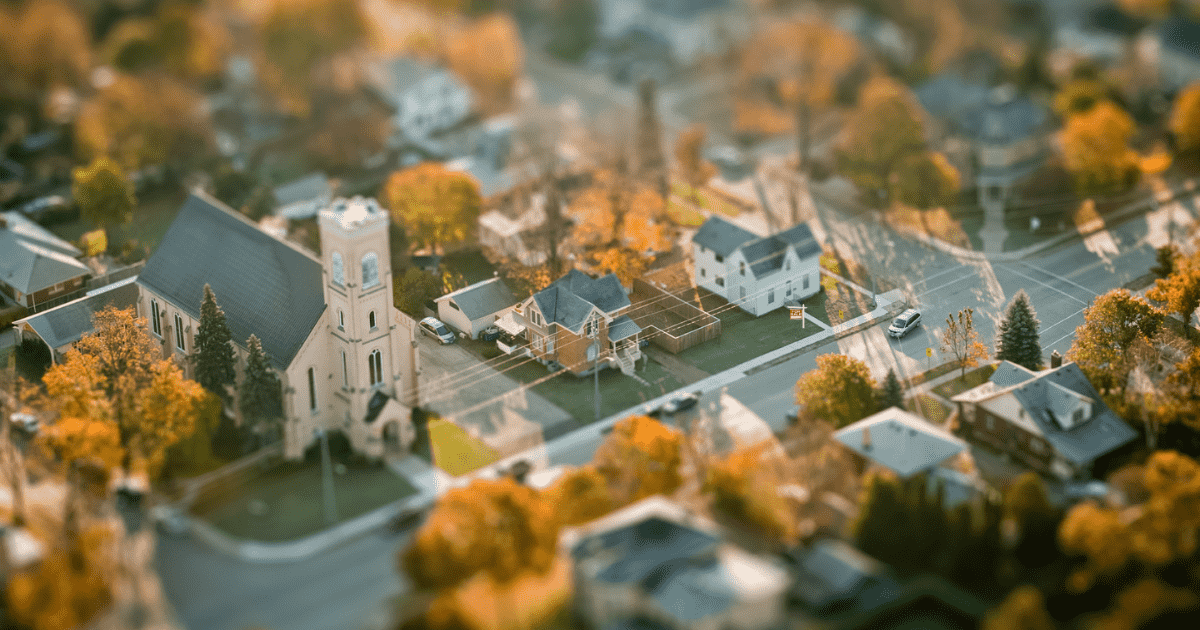Most real estate agents understand how important photographs are in showcasing and selling properties. It’s no secret they have an impact on how the sale will go. But, how much should you do, and how far should you go to make sure your property photos are top-notch?
There’s a lot of data to suggest expert photography is critical, not just in how well properties sell but also for how much. Recent research from Inman finds that agents who always use third-party professional photographers earn more than double per transaction compared to agents who never use third-party photographers.
Research from Redfin found that homes advertised using digital single-lens reflex (DSLR) photos versus point-and-shoot photos sell for around $3,000 to $11,000 more. They are also around 20 per cent more likely to sell within six months. According to a Wall Street Journal article, homes with high-quality photos receive a 47 per cent higher asking price per square foot.
If you decide to take your own photos, keep these tips in mind.
There are two elements involved in capturing good photos. One is the equipment you use. The second is the photography technique, which includes both shooting and post-production to create the final photo.
High Dynamic Range (HDR) photography techniques make the scene appear how the human eye sees it, which makes them particularly suited to real estate interior shots. Our eyes are capable of seeing both very bright and very dark areas. When you’re in a room with a window on a bright day, everything looks fine. You can see what’s in the room, and you can also see the view through the window.
[twenty20 img1=”35197″ img2=”35198″ offset=”0.5″]
Cameras can’t do this, unfortunately. If you set the camera’s exposure for what you see inside the room, you’ll see nothing but bright white overexposure in the windows. If you instead set the exposure for what you see outside the windows, then the room will be very dark or not at all visible.
This happens because, unlike the human eye, camera sensors are unable to capture the large lighting differences between very bright and very dark areas at the same time. This is the reason professional photographers most often use HDR for real estate projects.
While HDR photography may sound complicated, it’s a technique that amateur photographers can easily learn.
To simplify things, use a decent DSLR (or mirrorless) camera along with HDR-specific software. Using general photo processing software can not only make the task more daunting, but also more expensive.
There are a few things to consider in setting up for the shot. Using a tripod is highly recommended, and it is even better if you can use it with a remote shutter release trigger. This will help eliminate camera shake, which would otherwise happen when using long shutter speeds, causing blur in the photo. Shake can even happen when pressing the shutter release button.
You’ll also need to choose the right type of lens. For real estate photography, a wide-angle lens is ideal because it lets you capture more of the room.
Beyond the physical setup of the camera, make decisions regarding the room itself, and whether you need the lights on. Switching on the lights can improve the overall ambiance of the room and helps reduce the brightness differences between inside and out.
When you’re taking the shot you will, in fact, take three or more successive shots of the same scene, each with a different exposure. One shot exposes the darkest part of the room, another the windows, and one or more to capture the intermediate lighting levels between these two.
The process is called “exposure bracketing” and it’s where each shot in the sequence is taken with a different shutter speed. Most DSLR and mirrorless cameras can do this automatically. Look in your camera’s settings menu for a feature called AEB (automatic exposure bracketing).
If your camera doesn’t offer an AEB function you can take the exposures manually, in which case you’ll definitely need a tripod.
Taking automatically bracketed shots
To start, set the camera to Aperture Priority mode with an f-stop between 11 and 16. This will ensure the room is in focus from front to back. Next, make sure your ISO is no higher than 400 (you may have to turn off auto ISO to get this).
You can now concentrate on finding the shutter speed you will set for the middle exposure (often referred to as 0 EV) for your bracketed photos.
To do that, point your camera to a place in the room that is neither too bright nor too dark, avoiding the windows. Half press the shutter button and make a note of the shutter speed the camera recommends.
Now switch the camera to manual mode and make sure the shutter speed stays the same. If it has changed, set it back to the speed you noted earlier.
Then, from your camera menu or settings, choose AEB and select the EV spacing and number of frames. Set a spacing of 2 EV if your camera allows it. Otherwise, set it to the highest it allows and use the largest number of frames possible. This may be three, but five or more will usually bring best results.
Lastly, you may need to also set your camera to do “continuous shooting” if setting it to AEB doesn’t automatically take continuous shots. Now you are ready to snap away. Your camera will take all the photos with a single press/hold of the shutter release button.
After the shoot
Now you have your set of bracketed photos that you can then merge in HDR processing software. There are several advantages to using HDR-specific software for this. Because it is purpose-built to work with bracketed photos, there are no other features that create confusion or discouraging learning curves. In short, the software doesn’t get in your way; it just lets you get the job done.
A second advantage is the price. Photo processing software can be expensive, with some requiring a monthly or annual subscription.
HDR processing software automates much of the work. This includes merging and aligning the three (or more) pictures you took. The software takes the properly exposed elements from each photo and combines them into one new HDR image. You now have a single photo with an accurately exposed interior along with windows showing the view beyond, just as your eyes would see it.
Done properly, HDR real estate photos significantly stand out from those taken with point-and-shoot or smartphone cameras. When used with real estate interiors, HDR photography conveys professional quality and attention to detail, which can significantly increase property sales.
Ron Pepper has been using HDR techniques in his photography business for more than a dozen years. Since 2008, he also has been working closely with HDRsoft, the maker of Photomatix, a software solution for HDR photography.















